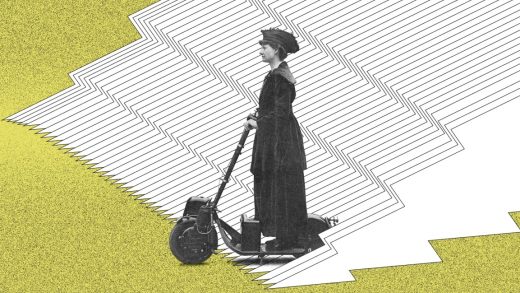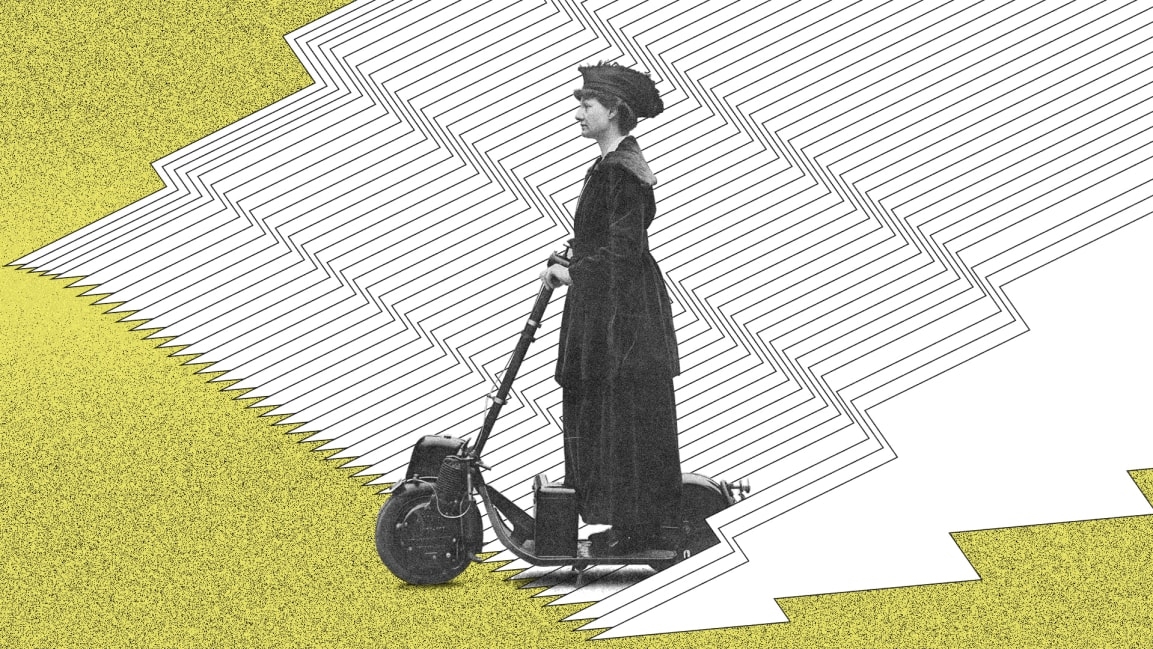The scooter wars are actually a century old
In 1916, when the English socialite and suffragette Florence Norman went to work at her office in London, she rode a scooter that looked not unlike the modern version made by Lime or Bird. Around the same time, the U.S. Postal Service tested the use of scooters for special delivery. For a little while, scooters grew in popularity. But they didn’t survive the rise of the car.
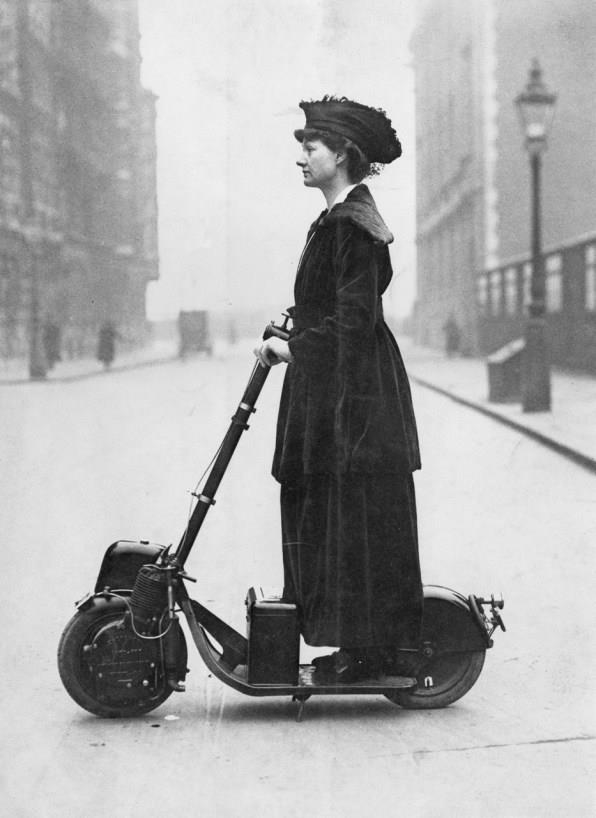
[Photo: Paul Thompson/FPG/Archive Photos/Getty Images]
The technology, a century ago, had disadvantages. Though it’s possible that there might have been some experiments with electric scooters, most ran on gas with noisy engines. “It was a really different experience riding an Autoped [one brand] compared to, say, a Bird dockless scooter,” says Peter Norton, a historian of engineering and society who teaches at the University of Virginia. To start the engine, you had to push the scooter forward and coast. They were heavy, though many had folding handles and advertised portability (“It can be conveniently handled on railroad or steamship journeys,” one said.) They were expensive; one popular model was $100 at a time when a Model T cost $400.
But another challenge, like for scooters today, was finding space to ride. “One hundred years ago, there was a real battle over who belonged in streets and what they were for,” says Norton. “And there was a real effort to make streets primarily for cars. There was kind of a sweet period there, a little over 100 years ago, when it looked like streets could be for everybody, but the people who wanted them to be for cars got the speed limits increased to the point where if you weren’t in a car, it was a scary place to be.” As is the case now, there were conflicts between road users. One photo of scooter riders in Oakland is captioned, “The scooters constitute the latest traffic menace to the West Coast region.”
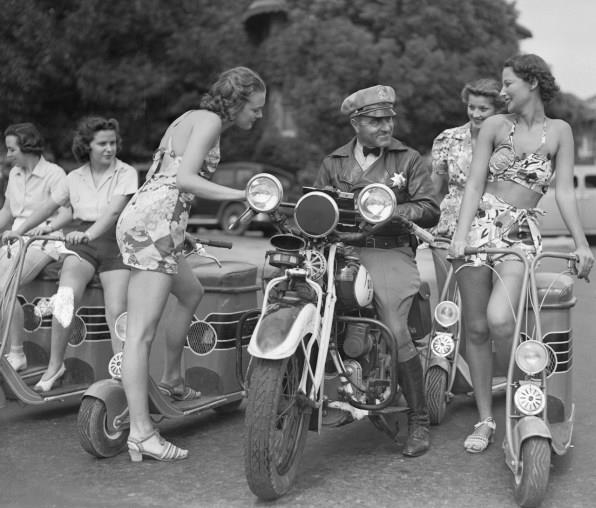
[Photo: Bettmann/Getty Images]
The Autoped could go about 20 miles an hour, and ads claimed that it could travel 125 miles on a gallon of gas. When there was a transit strike in New York City in 1916, sales of scooters spiked. “People said, ‘Look, I’m tired of being held captive by the transit company. I’d like to be able to go when I want to go without worrying about a strike,’” says Norton. But as cars started to replace streetcars, scooters had less of an advantage. And when speed limits increased, scooter sales dropped. “I don’t know if it was the speed, but it coincides in time very closely,” he says. “In other words, the Autoped was popular when speed limits were low. And then as speed limits went up, it faded really fast in popularity.”
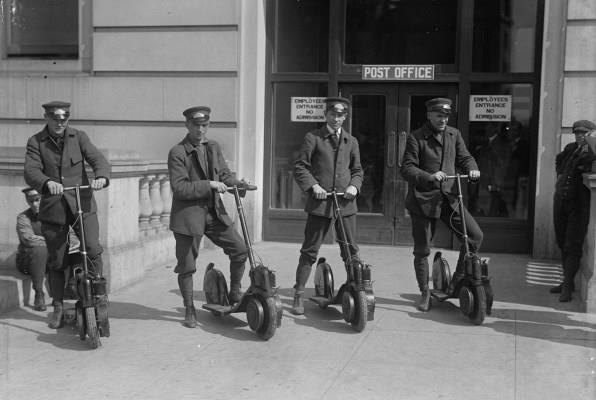
[Photo: Harris & Ewing/Library of Congress]
Now, cheap batteries and wireless tech have brought scooters back to cities, and enabled insane growth. A year after Bird launched with a handful of scooters in late 2017, it had hit 10 million rides in 100 cities, and it also became a unicorn faster than any other startup. Lime launched in May 2018, and by September, was also in 100 cities. The model is different now, since the new wave of scooter companies are renting shared services and not selling the scooter itself. But the complaints about traffic echo some of the complaints from the 1910s. “Bird scooters are ruining Venice,” said one op-ed in the Los Angeles Times. In Oakland, 83 years after scooters were first called a “traffic menace,” they’re again being criticized as a safety hazard. Some people are so annoyed by the tech–whether because scooters are dumped haphazardly on sidewalks, or because they are sometimes seen as a symbol of gentrification–that some scooters have been set on fire or tossed in the ocean.
But more changes in street design might help make it more likely that scooters could last longer this time around. There’s still confusion about where electric scooters can go; California law bans them from sidewalks, while Denver only allows them on sidewalks. But bike lanes continue to grow, and many cities continue to shrink road space for cars and increase room for others. In the U.K., the Netherlands, and some other countries, there’s a movement toward so-called “naked streets” without traffic lights, which force drivers to slow down to navigate around other road users, and which eliminate the idea of jaywalking because pedestrians always have the right of way. “It may be that we’re seeing a sort of second revolution in streets,” says Norton.
(61)

